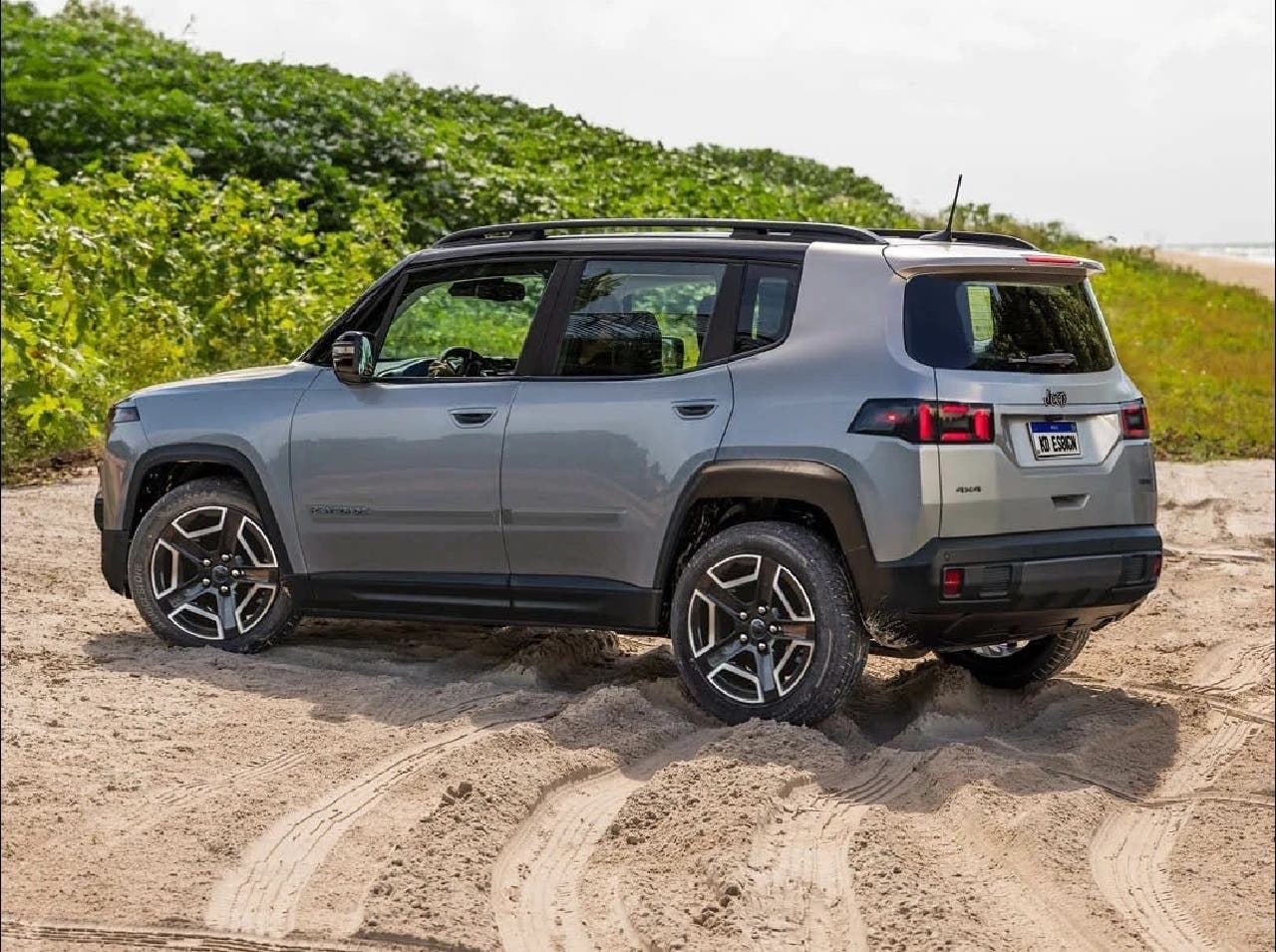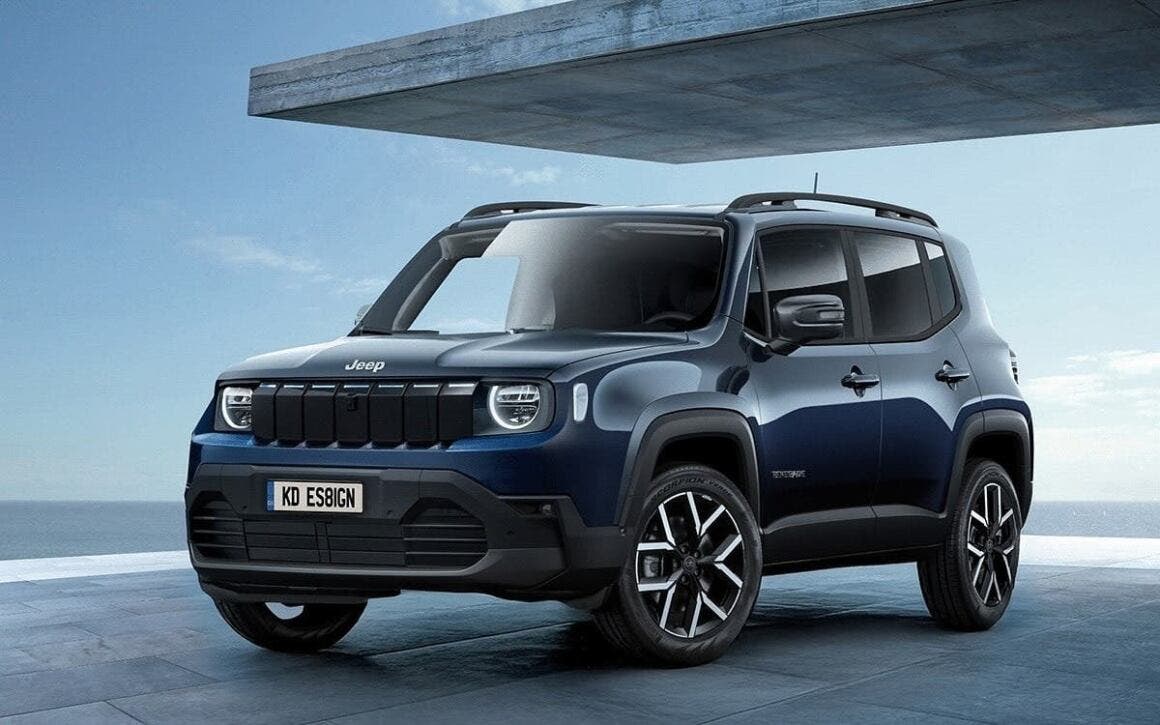The Jeep Renegade is about to bow out. The final units will roll off the line this fall, after which the Melfi plant will permanently end production of the model, closing a run that has lasted more than a decade. At the moment, neither a new Renegade nor a direct successor has been officially announced, despite persistent rumors suggesting that Jeep may eventually introduce a replacement in its lineup.
Will there really be a new Jeep Renegade?

Officially, there’s no confirmation of a new Renegade, although in the past some Jeep executives hinted at the possibility of a more affordable model, priced under €25,000 in its electric version, also intended for the U.S. market. However, those statements have yet to materialize into anything concrete. Greater clarity may come with Stellantis’ new industrial plan, set to be unveiled by CEO Antonio Filosa in early 2026, which could define the brand’s future strategy.
In our view, a new model will arrive sooner or later. It’s hard to imagine Jeep leaving such a large gap between the Avenger and the Compass; it would be too significant a void for the brand. More likely, we’ll see a Renegade successor, perhaps with a more off-road-oriented design and slightly larger dimensions than the current version, in order to further differentiate it from the Avenger.
Of course, any new Renegade could be drastically different from today’s model, adopting styling more in line with the rest of the Jeep range and the latest additions such as the Avenger, Compass, and Cherokee, particularly in the design of the front and rear ends. As for powertrains, it’s almost certain that the lineup will include both electric and combustion versions. After all, Stellantis has made it clear it will no longer pursue an EV-only strategy, at least until 2035, but instead will continue to pair electric mobility with traditional combustion engines.
